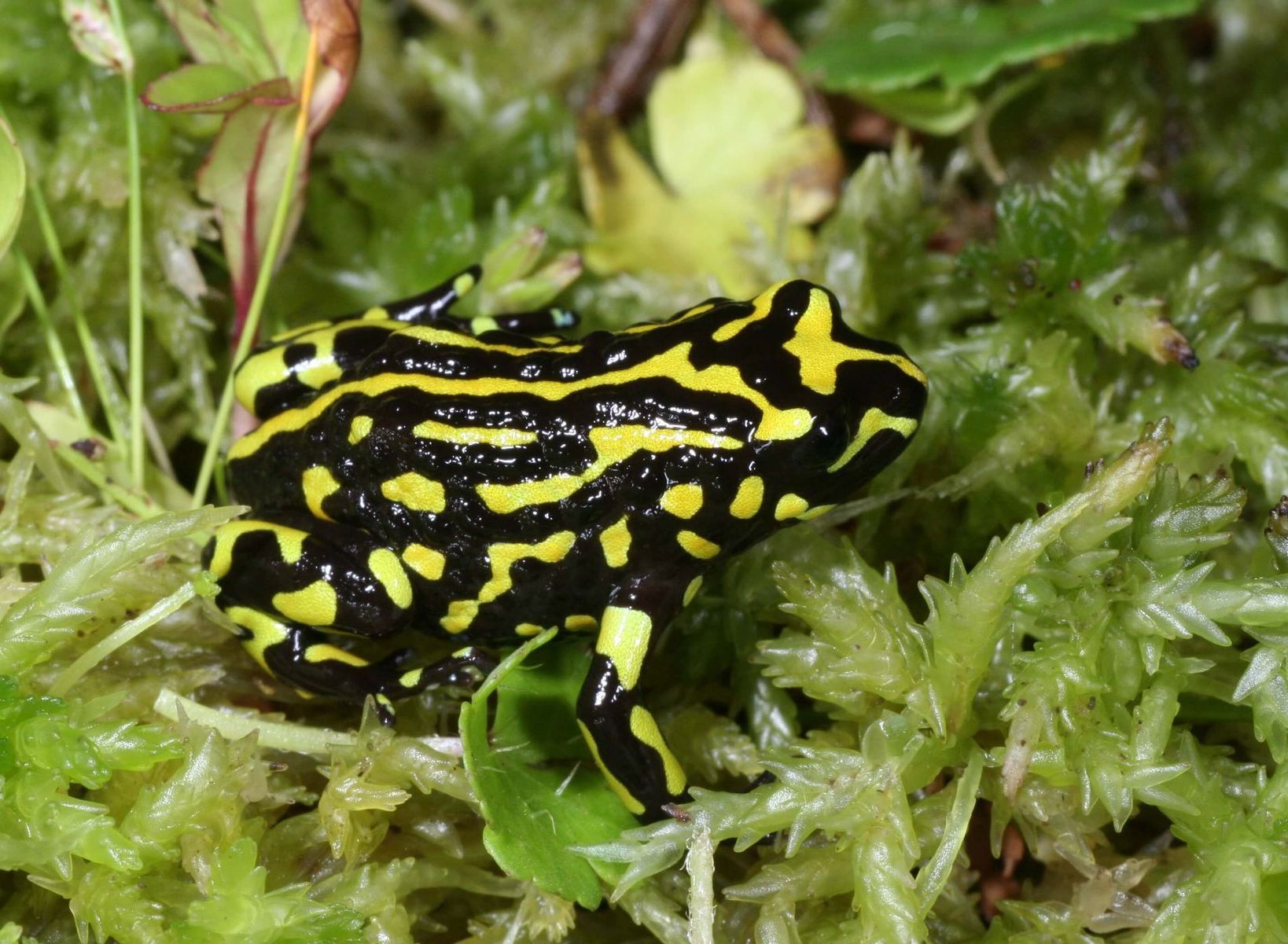Applications
Environmental DNA (eDNA) is a powerful tool that has a wide range of applications that include biodiversity monitoring, species detection (invasive and threatened), aquatic ecosystem assessment, environmental impact assessment, conservation and restoration.

Applications of eDNA

Assay Development
We develop custom assays to assess the presence of species using eDNA and eRNA following the most stringent quality standards.

Biodiversity & Conservation
eDNA analysis allows for the rapid assessment of biodiversity in ecosystems from a wide range of sample substrates including water, air, soil, swabs.

Biosecurity
Some of the key applications of eDNA in biosecurity include; early detection of invasive species, surveillance of pathogens, quarantine and border control, biosecurity risk assessments.
EcoDNA acknowledges the Ngunnawal people, traditional custodians of the lands where we are situated. We wish to acknowledge and respect their continuing culture and the contribution they make to the life of Canberra and the region. We also acknowledge all other First Nations Peoples on whose lands we gather.
Email: ecoDNA@canberra.edu.au
Address: Building 7, Level D, University of Canberra, Bruce ACT 2617 Australia
